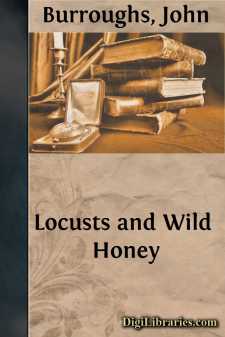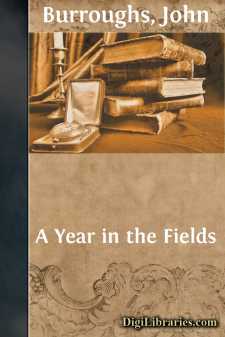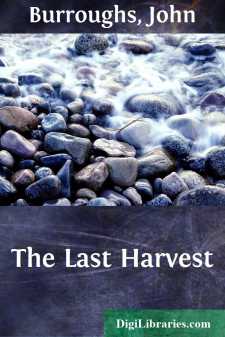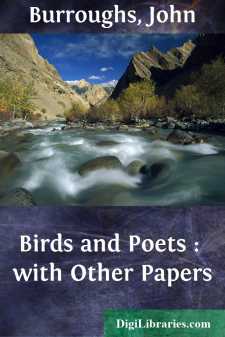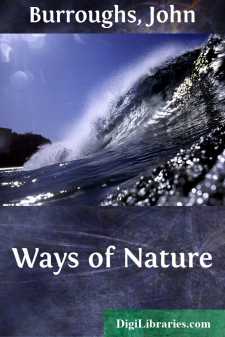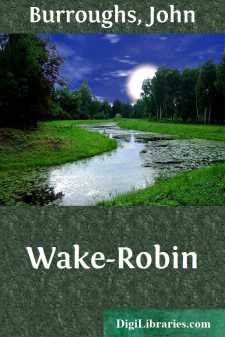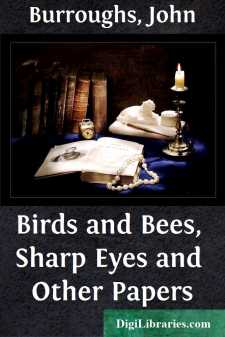Categories
- Antiques & Collectibles 13
- Architecture 36
- Art 48
- Bibles 22
- Biography & Autobiography 813
- Body, Mind & Spirit 142
- Business & Economics 28
- Children's Books 15
- Children's Fiction 12
- Computers 4
- Cooking 94
- Crafts & Hobbies 4
- Drama 346
- Education 46
- Family & Relationships 57
- Fiction 11829
- Games 19
- Gardening 17
- Health & Fitness 34
- History 1377
- House & Home 1
- Humor 147
- Juvenile Fiction 1873
- Juvenile Nonfiction 202
- Language Arts & Disciplines 88
- Law 16
- Literary Collections 686
- Literary Criticism 179
- Mathematics 13
- Medical 41
- Music 40
- Nature 179
- Non-Classifiable 1768
- Performing Arts 7
- Periodicals 1453
- Philosophy 64
- Photography 2
- Poetry 896
- Political Science 203
- Psychology 42
- Reference 154
- Religion 513
- Science 126
- Self-Help 84
- Social Science 81
- Sports & Recreation 34
- Study Aids 3
- Technology & Engineering 59
- Transportation 23
- Travel 463
- True Crime 29
Locusts and Wild Honey
by: John Burroughs
Description:
Excerpt
THE PASTORAL BEES
The honey-bee goes forth from the hive in spring like the dove from Noah's ark, and it is not till after many days that she brings back the olive leaf, which in this case is a pellet of golden pollen upon each hip, usually obtained from the alder or the swamp willow. In a country where maple sugar is made the bees get their first taste of sweet from the sap as it flows from the spiles, or as it dries and is condensed upon the sides of the buckets. They will sometimes, in their eagerness, come about the boiling-place and be overwhelmed by the steam and the smoke. But bees appear to be more eager for bread in the spring than for honey: their supply of this article, perhaps, does not keep as well as their stores of the latter; hence fresh bread, in the shape of new pollen, is diligently sought for. My bees get their first supplies from the catkins of the willows. How quickly they find them out! If but one catkin opens anywhere within range, a bee is on hand that very hour to rifle it, and it is a most pleasing experience to stand near the hive some mild April day and see them come pouring in with their little baskets packed with this first fruitage of the spring. They will have new bread now; they have been to mill in good earnest; see their dusty coats, and the golden grist they bring home with them.
When a bee brings pollen into the hive he advances to the cell in which it is to be deposited and kicks it off, as one might his overalls or rubber boots, making one foot help the other; then he walks off without ever looking behind him; another bee, one of the indoor hands, comes along and rams it down with his head and packs it into the cell, as the dairymaid packs butter into a firkin with a ladle.
The first spring wild-flowers, whose sly faces among the dry leaves and rocks are so welcome, are rarely frequented by the bee. The anemone, the hepatica, the bloodroot, the arbutus, the numerous violets, the spring beauty, the corydalis, etc., woo all lovers of nature, but seldom woo the honey-loving bee. The arbutus, lying low and keeping green all winter, attains to perfume and honey, but only once have I seen it frequented by bees.
The first honey is perhaps obtained from the flowers of the red maple and the golden willow. The latter sends forth a wild, delicious perfume. The sugar maple blooms a little later, and from its silken tassels a rich nectar is gathered. My bees will not label these different varieties for me, as I really wish they would. Honey from the maple, a tree so clean and wholesome, and full of such virtues every way, would be something to put one's tongue to. Or that from the blossoms of the apple, the peach, the cherry, the quince, the currant,—one would like a card of each of these varieties to note their peculiar qualities. The apple-blossom is very important to the bees. A single swarm has been known to gain twenty pounds in weight during its continuance. Bees love the ripened fruit, too, and in August and September will such themselves tipsy upon varieties such as the sops-of-wine....


